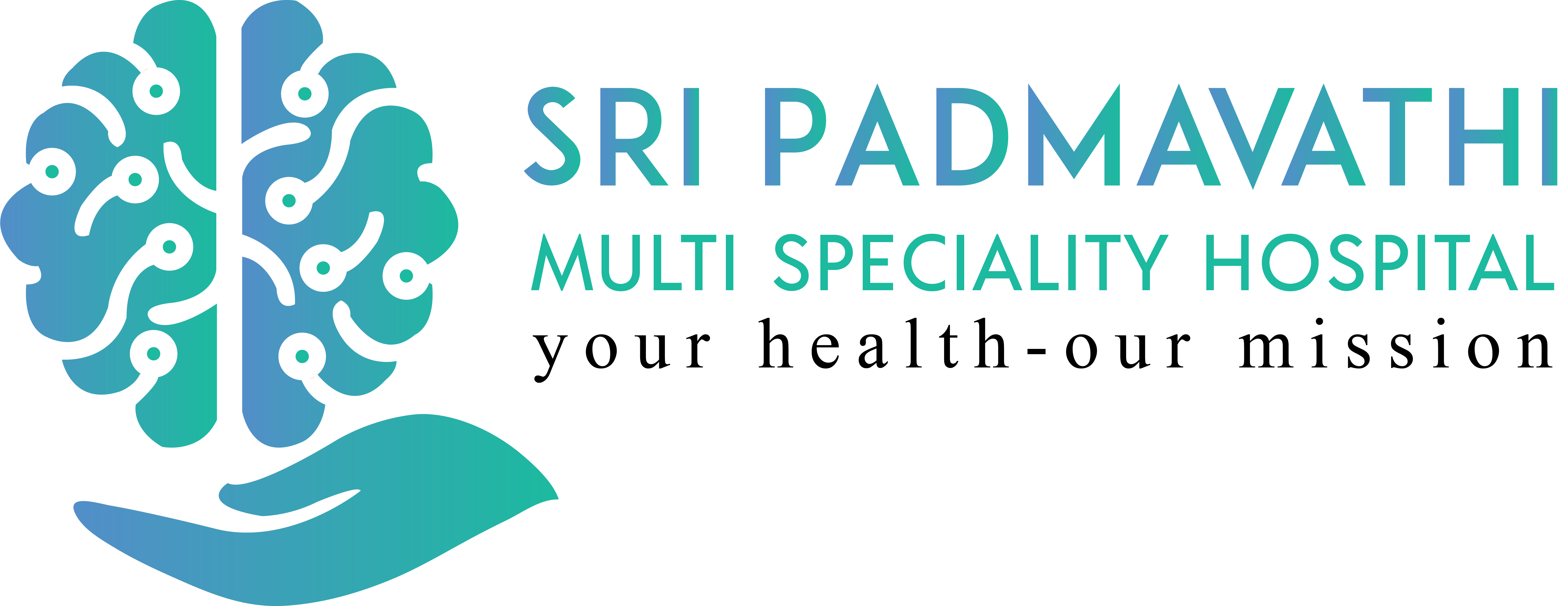
Memory disturbance is different from memory loss (amnesia). In this section causes of irregular or inappropriate memories are discussed.
What is Memory disturbance?
Disturbance of memory also known as Amnesia, Forgetfulness, Lack or loss of memory, Temporary loss of memory, Memory Impairment, Bad Memory, and Poor Memory. Amnesia is a deficit in memory caused by brain damage, disease, or psychological trauma.
Amnesia is a deficit in memory caused by brain damage, disease, or psychological trauma. Amnesia can also be caused temporarily by the use of various sedatives and hypnotic drugs. Essentially, amnesia is a loss of memory. The memory can be either wholly or partially lost due to the extent of damage that was caused. There are two main types of amnesia: retrograde amnesia and anterograde amnesia. Retrograde amnesia is the inability to retrieve information that was acquired before a particular date, usually the date of an accident or operation. In some cases, the memory loss can extend back decades, while in others the person may lose only a few months of memory. Anterograde amnesia is the inability to transfer new information from the short-term store into the long-term store. People with this type of amnesia cannot remember things for long periods of time. These two types are not mutually exclusive. Both can occur within a patient at one time. Case studies, such as that of patient R.B., show that both types of amnesia can occur simultaneously. Case studies also show that amnesia is typically associated with damage to the medial temporal lobe. In addition, specific areas of the hippocampus (the CA1 region) are involved with memory. Research has also shown that when areas of the diencephalon are damaged, amnesia can occur.
What causes it?
The most common causes of disturbance of memory are Alzheimer disease, delirium, and depression. Other possible causes, such as transient ischemic attack, are rarer.
What symptoms are related?
Within all the people who go to their doctor with disturbance of memory, 45% report having a headache, 35% report having depressive or psychotic symptoms, and 34% report having dizziness.
Common Tests and Procedures
Patients with disturbance of memory often receive x-ray computed tomography, magnetic resonance imaging, CT scan of the head, psychotherapy, mental health counseling, other diagnostic procedures (interview; evaluation; consultation), lipid panel and hemoglobin a1c measurement.
Who is at risk?
Groups of people at highest risk for disturbance of memory include age 75+ years age 60-74 years. On the other hand, age 1-4 years and age < 1 years almost never get disturbance of memory.



